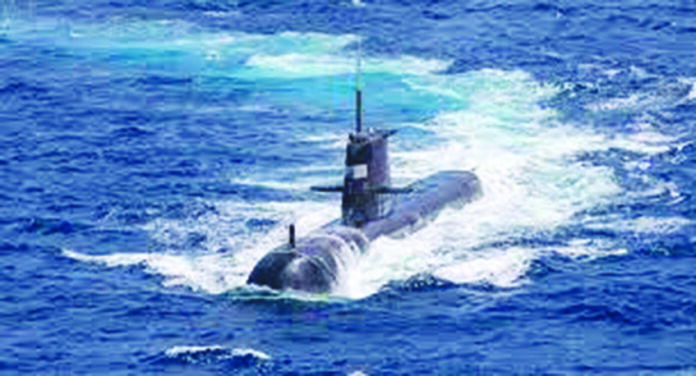In September 2021, the United States, the United Kingdom, and Australia signed a new security agreement that gave Australia permission to buy nuclear submarines and advance its space programme. in March 2023, the final agreement was disclosed by Australia, the United Kingdom, and the USA. According to this agreement, the USA was to sell Australia three to five Virginia-class submarines starting in 2032; the co-development by the United Kingdom and Australia of a new AUKUS-class submarine to enter service around 2040; and a multibillion-dollar commitment by all three nations to increase the capacity of a trilateral submarine industrial base.
AUKUS is an alliance of a bigger strategic transformation that is taking place in the Indo-Pacific as a result of different actions taken by US allies and partners to increase their capabilities and collaborate more closely.
The motive of originating such an alliance will be in the US favour to broaden its influence in the Indo-Pacific area. This alliance, according to President Joe Biden, “is about investing in our greatest source of strength, our alliances, and updating them to better meet the threats of today and tomorrow.” Maintaining the balance of power in the Indo-Pacific is Washington’s top concern. Analysts believe that the primary objective of the pact is the containment of a rising China, even though the objectives and motivations underlying AUKUS have not been publicly disclosed by any of its signatories
The action demonstrates how AUKUS, in conjunction with a new wave of US-Australia force posture initiatives, can develop a collective deterrent policy more quickly than anticipated by many. It also provides a glimpse into the US-Australian alliance’s seismic change, as Canberra positions itself as a key supporter of advanced American military operations to maintain a stable balance of power in the increasing challenges in the Indo-Pacific area.
The US-Australian alliance, however, has faced some challenges in recent years. Under Trump, the USA was ill-run, fragmented, unattractive, and weak. Although Biden is far from a perfect leader, his style reflects a noticeable change in US policy, which Australians appear to value.
Australia has made a very explicit commitment to supporting Washington in a regional crisis by making the autonomous decision to host a significant US warfighting force on Australian land. However, it has also given itself some insight into and power over American military plans, as well as enough stake in the outcome to positively influence them.
This change has been taking place covertly. Washington and Canberra have been covertly rewiring the alliance through several new initiatives under the 2014 Force Posture Agreement, driven by a shared understanding of the need to support the regional balance of power in opposition to China’s growing military power and the USA’s deteriorating strategic position. A historic decision was made at the Australia-United States Ministerial Dialogue in 2021 to intensify force posture cooperation across five key areas—four service-based projects involving the Australian Defense Force (ADF) and the US Air Force, Marine Corps, Navy, and Army, and a cross-cutting logistics, sustainment, and maintenance enterprise-sped up this process.
Despite the Australian Defense Force (ADF) having a lengthy history of fighting with American forces, Australian bases have never been formally included in American war intentions. Additionally, they haven’t been used as a staging area for American military activities, at least not since World War II. Now, this is essentially altering. Australia is quickly developing into a base for other forms of force projection and will soon be the only ally in the world to host and assist military operations by forward-deployed US strategic bombers and SSN attack submarines. US warfighters will depend on Australian bases, infrastructure, and other resources as these new force posture initiatives develop and take centre stage in American preparations.
The US-Australian partnership has strengthened over the past year, but there are still disagreements. Washington wants Canberra to do more to combat climate change, and Canberra wants Washington to challenge China’s economy, which continues to be the top trading partner for the majority of Indo-Pacific nations. The Trans-Pacific Partnership departure by Trump badly damaged US influence in Asia. To make amends, Biden will need to put in a lot of effort.
The USA and Australia do not have highly established systems for coordinated military planning, in contrast to NATO and other US alliances, and have not yet defined how they might allot roles, tasks, and capabilities to prevent and address high-end security threats.
This is a problem that needs to be addressed head-on by SRF (Submarine Rational Force)-West and other posture solutions. The political truth that posture integration is a two-way street must be accepted by both parties.
Australia has made a very explicit commitment to supporting Washington in a regional crisis by making the autonomous decision to host a significant US warfighting force on Australian land. However, it has also given itself some insight into and power over American military plans, as well as enough stake in the outcome to positively influence them.






















